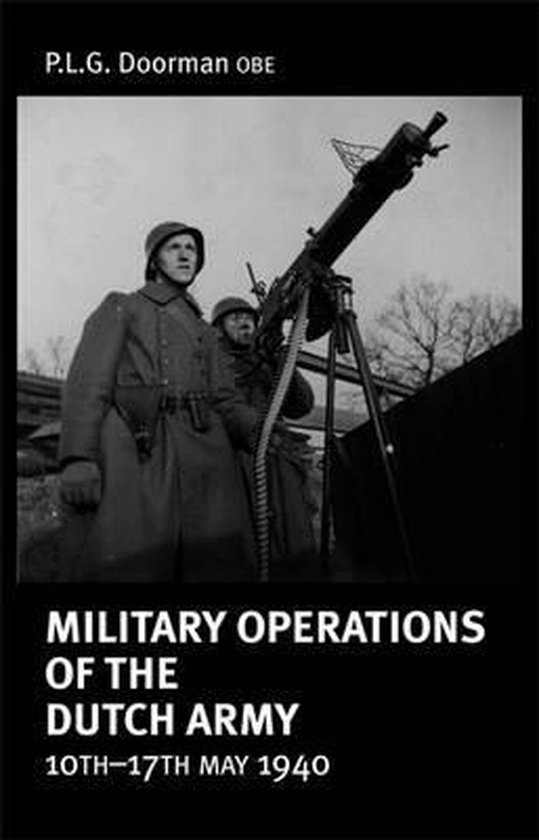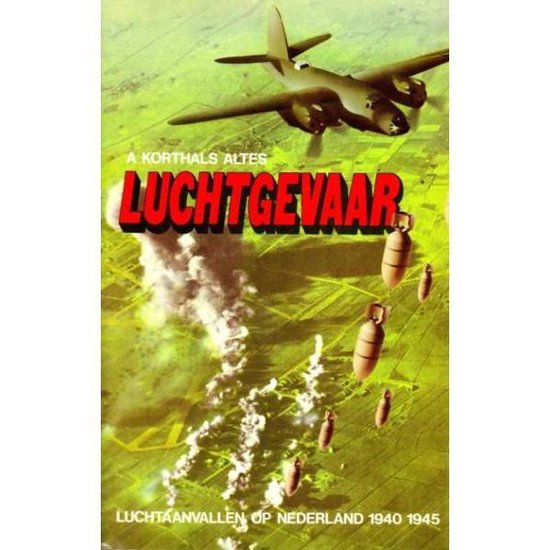Trenches Klotterpeel
Here are the last remains of the trenches that were constructed in a zigzag through the Peel in 1939 just before the Second World War. The trenches were part of the Dutch defense against the invading enemy from the east. The trenches at that time had wooden walls.
After the First World War, Germany began rearming again in the mid-1930s and a new threat of war arose.
In the Netherlands there was a growing realization that its defense also needed improvement. The Netherlands then formed 'Cover Detachments' with soldiers along the coast, important ports, traffic junctions and all borders. A so-called Peelde detachment was established in Peel in 1938-39.
It was decided to build positions along all major rivers and canals.
In the south, the Peel-Raamstelling was built and the Defense Canal was dug between Mill and Griendstveen because there was no major water obstacle here yet.
The Defense Canal, between the Brabant-Limburg border and Elsendorp, jumps far forward towards the east. This was a problem from a military point of view. In the event of a German invasion, part of the Dutch defense could be cut off and enclosed in this area. It was therefore decided to build a second canal to nullify the possible adverse consequences of this 'bulge'. A remnant of the Koordekanaal still runs through the middle of the De Klotterpeel nature reserve.
In order to be able to defend the Koordekanaal in a somewhat responsible manner, it was provided with field fortifications and trenches. The approaching enemy could be fired upon from the trenches. The soldiers built trenches, field fortifications, barbed wire barriers and mine fields themselves.
Bunkers such as those at the Defense Canal were missing due to financial resources.
On May 8, 1940, the German invasion was imminent. The Peel-Raamstelling was manned, but the Koordekanaal was only sparsely manned by Dutch soldiers due to a lack of personnel. During the Dutch withdrawal from the Peel-Raamstelling on the night of 10 to 11 May, the Koorde Canal was also abandoned. In panic, some of the bridges over the canal were blown up too early. As a result, soldiers and civilian evacuees became trapped and had great difficulty escaping across the Koorde Canal in a westerly direction. However, not a shot was fired from the reinforcements, which had been worked on for a long time, in defense of our country.
Do you have more information about this location? Inform us!
Source
- Text: Martin Damen
- Photos: Martin Damen
Related books
Nearby
Museum
- Historical Collection of Anti-Aircraft Artillery - Vredepeel
- Visitor Centre German War Cemetery Ysselsteyn - Ysselsteyn
Point of interest
- Information Board Casualties De Rips - De Rips
- Luitenant-generaal Bestkazerne - Vredepeel
- Cycling Route Death Valley De Peel - Wehrmachthuisje (#6) - Milheeze
Monument
- Monument Lancaster OL-Y NE 165 - De Rips
- Mary Cave Citizens Bakel - Bakel
- Mayor Wijtvliet memorial - Bakel
Cemetery
- Dutch War Grave Bakel - Bakel
- Commonwealth War Graves Westerbeek - Westerbeek
- Grave Erwin Michael Joseph - Deurne
Fortification
- Peel-Raamstelling - Weir / distribution work (S11) - Westerbeek
- Casemate Peel-Raamstelling S K59 - Westerbeek
- Casemate Peel-Raamstelling S (3a) 348 - Westerbeek










